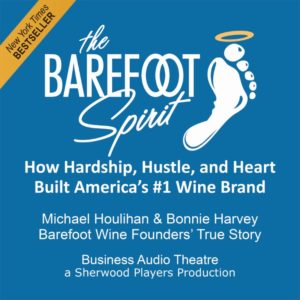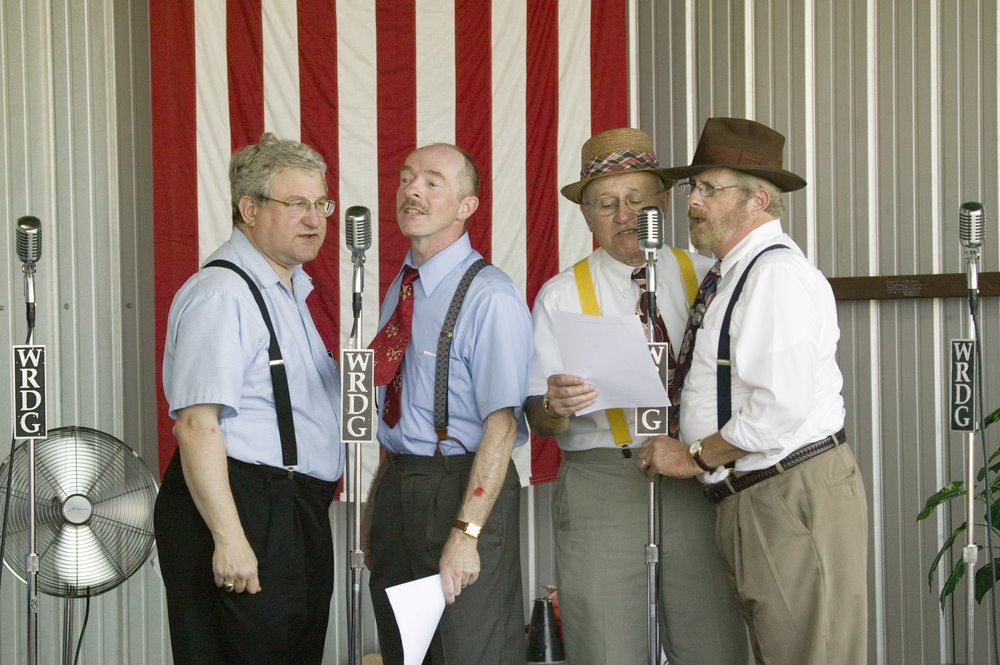Story as Communication, From Caveman to Walkman
When humans listen to a story something amazing happens. Each individual in a crowd reaches into their own personal memories to create and complete the scenes in which the action takes place. In other words, they source the props from their own mental inventory. When this happens, they tag the story to be more easily recalled. Why? Because they had something to do with its telling. They were interacting by embellishing the scenes with their imagination, they were involved in a process of co-creation.
Pre-literate indigenous people would hand down their history and the principles they had learned about survival, the environment, medicine, and even virtues through story. Fast forward 8,000 years, we are rediscovering the power of story to convey principles. We, the audience, hear the story and draw out the take-aways, principles, and lessons. Through using our imagination to complete the scenes, and even identify with the characters, we can recall and use the lessons in our own businesses and life! This is a type of experiential learning.
Prescriptive Text
Without story, business books, especially, can seem one dimensional, prescriptive, and even patronizing. The principles are all laid out for you in a logical construct-like outline. “Here are the 3 things to do, the 5 things never to do, and the 15 things your customer wants from you.” Even if the points are made using examples, the mind glazes over by the end of chapter two. And the retention and application of the principles being shared is questionable.
With the renaissance of story, we are reconnecting with what our ancient ancestors instinctively knew all along: if you want your listeners to remember and use the message, wrap a convincing story around it with compelling characters overcoming challenges using the principles you wish to convey.
Audio Tech History
Forty years ago, all the cars came with audio cassette players. So did most portable radios. It seemed like everybody had a Walkman. You see, back then people appreciated the freedom of audio recordings. They could drive or jog and still listen to a book or a lecture on their favorite topics. We would listen and learn on our way to another city, hoping that some of the lessons learned along the way would stick. We hoped to employ them at the upcoming business meeting. The cassettes were very helpful in our business.
So, fast forward again to the present and we are enjoying the evolution of audio to MP3 as a learning tool. Unlike video, it does not immobilize our mobile devices. Radio-like interviews for iPods evolved into podcasts. Podcasts became wildly popular. What’s not to like? They are informative, in relative short formats, and they are almost always free! At the same time, paper books became eBooks, and eBooks became audiobooks, all conveniently downloadable and digital.
Now What?
About a year ago, we asked our crowd, “What’s the next step in business audio books?” The answers we got were surprising. They wanted more story and less prescription. They wanted to be able to draw their own conclusions. They wanted several short stories all linked together with principles demonstrated by action. Due to the increasing popularity of dramatized fiction, they wanted to hear non-fiction dramatized as well.
 And so we thought about the radio theater of the 1940’s with actors playing roles in skits. We thought about NPR’s “Theater of the Mind,” and we even thought about A Prairie Home Companion, all dramatized audio productions presented in a theatrical format. Why couldn’t we do this with a business audio book? And why couldn’t we use our own book as a guinea pig?
And so we thought about the radio theater of the 1940’s with actors playing roles in skits. We thought about NPR’s “Theater of the Mind,” and we even thought about A Prairie Home Companion, all dramatized audio productions presented in a theatrical format. Why couldn’t we do this with a business audio book? And why couldn’t we use our own book as a guinea pig?
Next thing you know, we’re off to Hollywood! We partnered with an acting ensemble, converted our New York Times bestseller, The Barefoot Spirit, into audio script, and invested in some serious studio time and a whole lot of editing. We wanted to produce what we think is the next step in business audio books. We call it, “Business Audio Theater.” After a year of hard work, we are happy to announce our true story of how we built America’s #1 wine brand will be released in this new business theater audiobook format on September 12th at the CSW Global 2019 conference in San Francisco! Tickets for the two day conference on September 12 and 13 are available here with price reductions to August 30, and here is also a full agenda.
If you can’t wait until then to experience our “audio theater” please enjoy some pre-release clips from the story (Audiobook Snippets) and let us know what you think. See you in San Francisco! Cheers! M&B




0 Comments